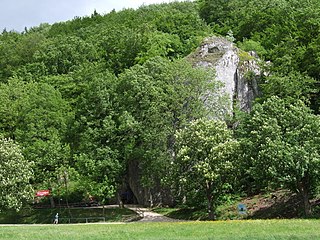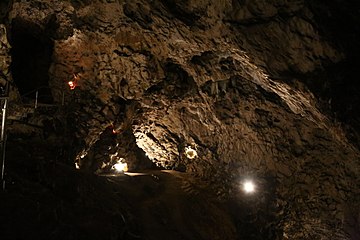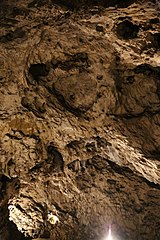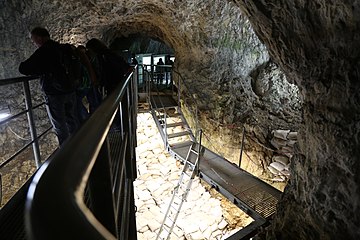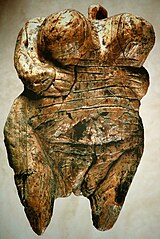Hohle Fels (arula)
|
Hohle Fels arula, tigisa koe Schwäbische Alb jakama getalte Germana, tir ayaf is abdiizvugalaf debak ke Lekeraporugal. Kosmayana abdiizvugalafa yambaxabetaraNicholas Conard abdiizvopik bak lerdeaksat ke 2008 koe Hohle Fels arula va abdiizvugalafa kudjama yoltkiron gu Kudjotya ke Hohle Fels is konak val kum turcifa niska oku lororafa ok melmakolafa wula tulon al kosmar. Dum tela ke kudjotya, evla ke valeem tir moni 35000 AR tanda numen sin co tid loguazafa lanafa stalta batvieli kosmayana ( kiren val ke Divje Babe zo kevudapayar neke tir loeke savsaf ). Joxara skuyuna koe abdiizvugalaf debak va kosmara va iba iayana kum stiltite kawa dere noveyed. Bata muka zo nirayar ise welmon zo gretcamayar ise tir abrotcafa vas 19.2 cm- is mantafa vas 3.6 cm- is vafa vas 2.8 cm-. Koe bada ke Gravette Sare zo trasiyir isen evlara kan 14-e beba al exoner da klaa tir vas 27000 ik 28000 AR tanda. Tamavafa GadakiewegabetaraBelca dem tevoya abdiizvugalafa arula ( don Hohle Fels arula ) milvemon tigisa getalte Germana va tano katcalapafo izvaxo ke tawava tadler nume bak 2007 wetce arayaf debak ke tamavafa gadakiewega ke UNESCO zo bendeyer.
Dere rupecbetara |
| |||||||||||||||||||||||||||||||||||||||||||||||||||||||||
Vuestexa
betara
- (en) Fiona Coward is Robert Hosfield is Matt Pope is Francis Wenban-Smith, The Early Upper Paleolitic and the art of Central Europe, Settlement, Society and Cognition, ed. Human Evolution , Cambridge University Press, 2015, 448 p. [1]
- (en) Michael Bolus, The Swabian Jura, History of Research and the Aurignacian of the Sites in the Swabian Jura, Nuria Sanz, Human origin sites and the World Heritage Convention in Eurasia, ed. UNESCO, vol. n° 41, 2015, p. 166 [2]
- (en) Timothy Insoll, The Oxford Handbook of Prehistoric Figurines [3]
- (en) Andreas Taller is Michael Bolus is Nicholas J. Conard, The Magdalenian of Hohle Fels Cave and the Resettlement of the Swabian Jura after the LGM, Modes de contacts et de déplacements au paléolithique eurasiatique, Actes du Colloque international de l'UISPP, Université de Liège, 28–31/05/2012, coll. « Erault et Archéologiques », 2014, ISBN 978-2-87985-305-5 [4]
- (de) Nicholas J. Conard is Harald Floss, Ein bemalter Stein vom Hohle Fels (Baden-Württemberg, Deutschland) und die Frage nach paläolithischer Höhlenkunst in Mitteleuropa, Paléo n° 11, 1999, DOI 10.3406/pal.1999.1252, [5]
- (fr) Nicholas J. Conard is Harald Floss, Une statuette en ivoire de 30000 ans B.P. trouvée au Hohle Fels près de Schelklingen (Baden-Württemberg, Allemagne), Paléo n° 13, 2001 [6]
